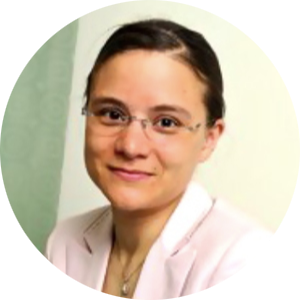
Scope
The examination of spontaneous mathematical focusing tendencies has been a burgeoning area of inquiry in the EARLI community for the past 20 years. Since 2005, when Hannula and Lehtinen first described children’s individual differences in spontaneous focusing on numerosity (SFON), education and psychology researchers worldwide have pursued research to better understand spontaneous mathematical focusing tendencies, broadening this topic to other aspects of mathematics, including additive and multiplicative relations, Arabic number symbols, and patterns; and conditions that influence these tendencies.
There is now ample empirical evidence from experimental studies, real-world observations, and educational interventions that these spontaneous mathematical focusing tendencies are related to, and may influence, the development of mathematical skills. Even though the reciprocal nature of spontaneous mathematical focusing tendencies and mathematical skills has emerged in a few studies, the specific causal mechanisms have not been clearly identified yet. A proposed mechanism for the association between spontaneous mathematical focusing tendencies and mathematical development is an increase in children’s self-initiated practice of existing mathematical skills in their everyday lives – as a higher spontaneous mathematical focusing tendency would trigger instances of using mathematical skills in one’s actions more often. However, fundamental questions of the nature of spontaneous mathematical focusing tendencies, influences on them, and their relations with mathematical development and each other remain extant questions that need addressing.
The E-CER would aim to address one central obstacle to the effective pursuit of these questions. The current research on spontaneous mathematical focusing tendencies relies on a wide range of methods for measuring spontaneous mathematical focusing. Many of these methods require carefully controlled conditions, while others aim to provide more ecologically valid, but possibly less controlled, observations. The disparate nature of methods for measuring spontaneous mathematical focusing tendencies has a dampening effect on the ability to accumulate consistent information on the fundamental questions described above.
The E-CER would center these methodological priorities, especially in how they relate to the nature of spontaneous mathematical focusing tendencies and their contributions to mathematical development. By bringing together the main contributors in the field, all of whom are developing measures of different spontaneous mathematical focusing tendencies, the E-CER would aim to develop a coherent framework for the conceptualization and measurement of spontaneous mathematical focusing tendencies. In doing so, the E-CER aims to develop a common set of experimental and observational tasks, which would serve as foundations for future studies.
Members









